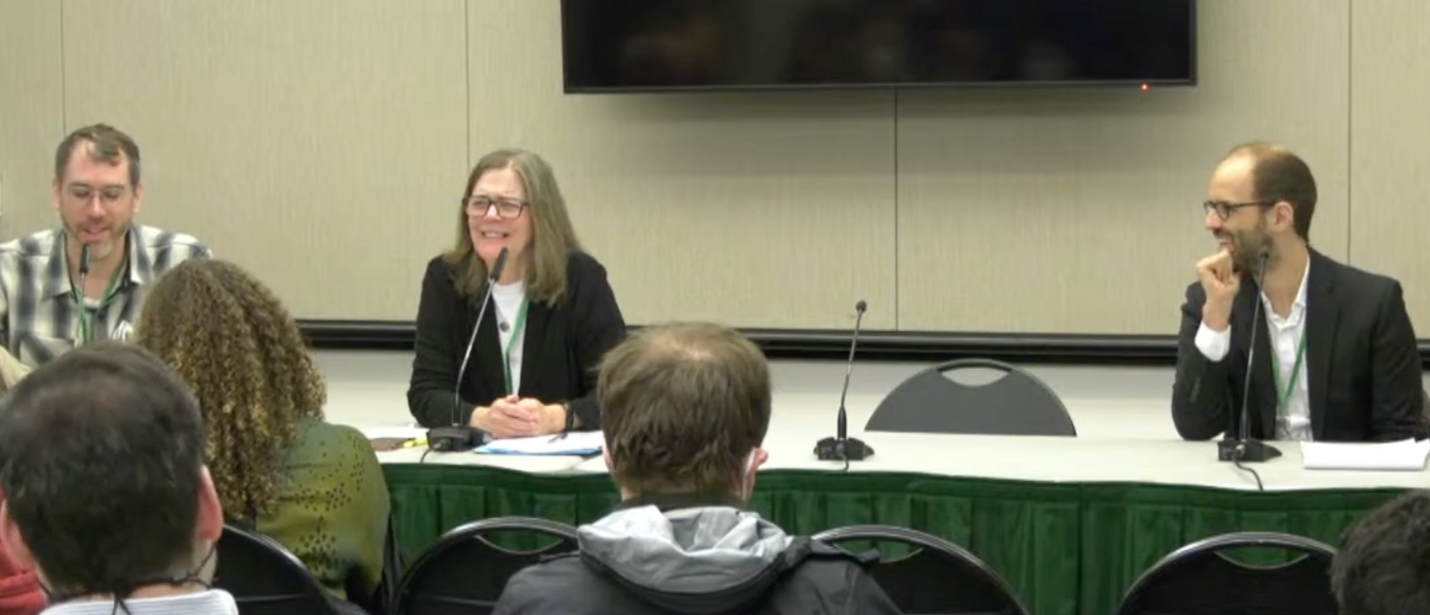This article is part of the series YIMBYtown 2022
The conversation shared below was part of the YIMBYtown 2022 conference, cohosted by Sightline Institute and Portland: Neighbors Welcome.*
While the YIMBY movement got its start shooting spitballs at neighborhood associations and municipal governments, the last few years have seen housing advocates win game-changing legislation at their state capitols. Oregon’s HB 2001 (Housing Choices) in 2019 and California’s SB 9 (the California Home Act) in 2021 represent a new path forward for proactive zoning reform to re-legalize middle housing.
This panel features three housing advocates from West Coast states: Brian Hanlon, president and CEO of California YIMBY; Mary Kyle McCurdy, deputy director of 1000 Friends of Oregon; and Alex Brennan, executive director of Futurewise, based in Washington. They share their perspectives on the key ingredients necessary for statewide victories, and how these campaigns differ from municipal advocacy in terms of strategy, community engagement, and messaging. Some issues discussed are coalition-building and the roles and stances of political parties in housing legislation. Questions addressed include: How do you sell YIMBYism in the suburbs? What have you learned from past failures? What do individual planners need to know to effectively speak to local officials? and, What are your thoughts on winning quietly versus rolling the dice in public?
Related:
- How the Washington Legislature Burst the Housing Abundance Dam
- Anchorage Adopts Model ADU Reforms
- Oregon: The Sasquatch of Land Use Planning
*YIMBYtown 2022 occurred April 11–13 in Portland, Oregon, the fourth annual gathering (after some COVID delays) of “Yes in My Back Yard” (YIMBY) community leaders, organizers, planners, policymakers, educators, and housing providers eager to share resources and strategies for building more affordable, sustainable, and equitable communities.

